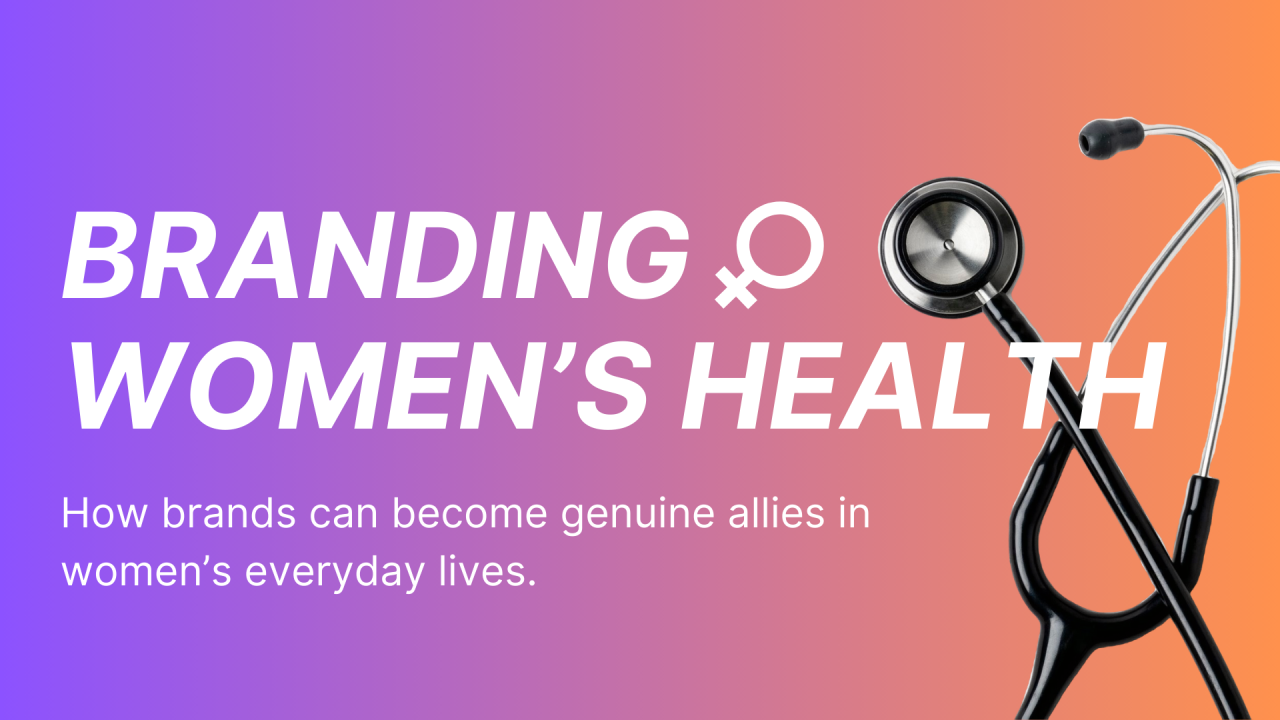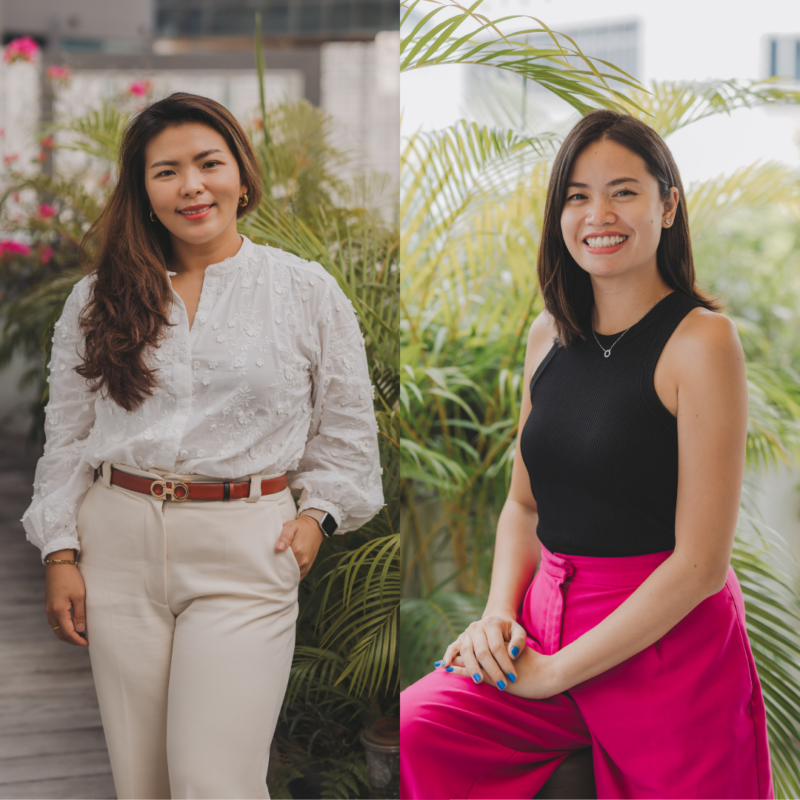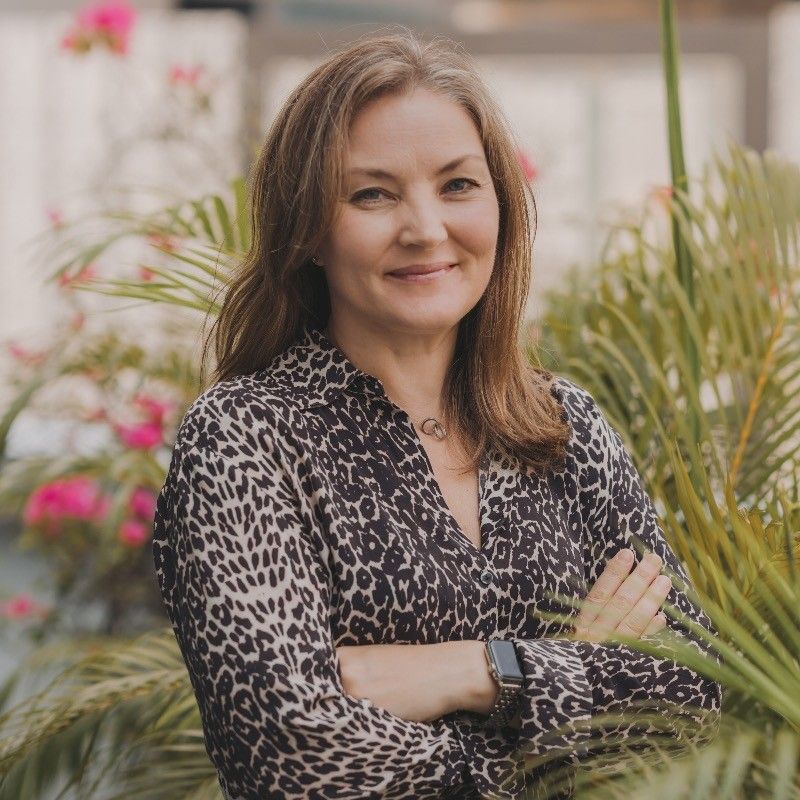
Women’s Health: A Niche Market of Half of the Global Population
In a world striving for equality, health remains a field where gender inequalities persist between women and men. Sandra Joly Guicheteau, Deputy Managing Director et Head of Consumer Branding chez Lonsdale Design, shares her perspective.
The End of Women’s Invisibility?
Historically, medical research has often assumed that clinical trial results from men could be applied to women. Caroline Criado Perez’s essay “Invisible Women: Exposing Data Bias in a World Designed for Men” demonstrates how women are largely absent from most statistical studies to the detriment of their health and safety. This practice has led to a lack of understanding of women’s specific responses to treatments and diseases. For instance, women often feel cold in workplaces because office temperatures are based on the male metabolism. They are also more likely to be seriously injured in car accidents because safety tests are conducted on men who are 1.77 meters tall and weigh 76 kilograms.
This invisibility has also impacted more specific challenges, like menopause, which was only seriously studied starting in the 1950s and 1960s, or endometriosis, which affects one in ten women and remains poorly understood. The slow recognition and adaptation of medical care for such widespread conditions highlights the persistent gaps in women’s health care.
These disparities underscore the need for a more inclusive approach to health and wellness. According to data from the World Economic Forum, reducing health gaps between genders could allow more women to lead better quality lives and boost the global economy by $1 trillion annually by 2040.
Awareness by Brands, for Women and by Women
A change seems to be taking place. As the taboo surrounding women’s health fades, it creates a favorable environment for innovation. Some of the most well-known Femtech startups include Clue, founded in 2012, now with over 10 million users worldwide. In just a few years, new brands have emerged, offering a wide range of solutions from endometriosis diagnostics (Ziwig) and breast cancer screening (b-rayZ) to fertility tracking (Daysy or Hertility) and menopause symptom relief (Omena).
Where is this awareness coming from? According to the 2024 barometer by Femtech France and the consulting firm Wavestone, 94% of the 140 French Femtech startups were co-founded by women. Innovations designed for women, by women.
These brands in the female health and wellness sector are driven by a sincere desire to solve problems their founders have often faced themselves. Their personal experiences fuel their desire to address a long-overlooked need, often with great empathy. This creativity is a reminder to brands of all sectors of the importance of including consumers in the innovation process to ensure products or services meet real needs and foster strong, authentic engagement.
When voices are heard, leading to a more positive and inclusive narrative, it directly impacts the design, branding, and even retail models of these new female empowerment brands.
From Essential Products to a More Lifestyle Approach
The creation of more laid-back, accessible brands available online and direct-to-consumer demystifies health and places it in a broader, lifestyle-oriented universe, with its own rituals. From managing hormonal cycles to sexuality, motherhood, and menopause, each stage of a woman’s life offers unique opportunities to develop tailored products and services. Brands have the chance to become true partners throughout all life stages, offering rituals to establish lasting habits
Different brand positions :
These brands, often new to the market, stand out through various approaches that address emotional and physical needs :

The Moment Partners: Brands like Talm, Jolly Mama, Nadaya, Panda Tea, and Adore’s Hot Chocolate Bar for Menopause position themselves as partners for important moments in women’s lives. They offer comforting products designed for key stages such as motherhood, menstrual cycle management, and menopause. With modern or colorful packaging and warm, welcoming brand identities, they are trusted allies.

The Confidence Builders: Brands such as Paula’s Choice, Better Not Younger, Mutha, and Womaness focus on empowerment and self-confidence. They provide cosmetics, hair care products, and educational content that help women feel beautiful, strong, and confident, particularly during menopause. Their sophisticated designs and inspiring, assertive messaging reinforce a positive, empowering approach.

The Experts: Brands like Typology, Rael, and Hempress position themselves as experts in a specific area of women’s health. With minimalist or vibrant packaging and scientific communication, they emphasize transparency and effectiveness, attracting consumers seeking serious, reliable products.

The Daily Caregivers: Brands such as Ballot Flurin, MyOovi, and Head of South are designed to offer practical, everyday solutions, especially for menstruation and sexual comfort. They focus on enhancing women’s daily comfort with simple, effective, and functional products. Their direct, positive messaging makes their products suitable for regular use.
Building Brands for All Bodies
These brand positionings reflect a shift toward a more humanized approach, closer to the needs and emotions of consumers. Their designs break free from the need for reassurance or overly clinical codes. They claim a desirable aesthetic, far removed from products hidden at the bottom of a shopping cart.
This improved understanding of the unique and varied experiences in women’s health inspires brand storytelling. Individuality and diversity are not only acknowledged but celebrated. This approach influences the entire category, impacting both pioneering brands and those with a long history in general health. Brands are incorporating more inclusive representation into their messaging, moving away from stereotypes, like August and Cora. Inclusive messaging, design, and representation allow women’s health brands to strengthen their brand equity and shift perceptions, slowly but surely reducing the gender health gap.
What opportunities can brands use to get ahead?
1. Breaking taboos is an opportunity for brands to innovate and connect with all stages of women’s lives, representing half of the global population.
2. A holistic approach, from health products to a lifestyle vision, offering more pleasure, emotion, and aesthetics through brand identity and packaging.
3. The importance of involving women in designing solutions.



